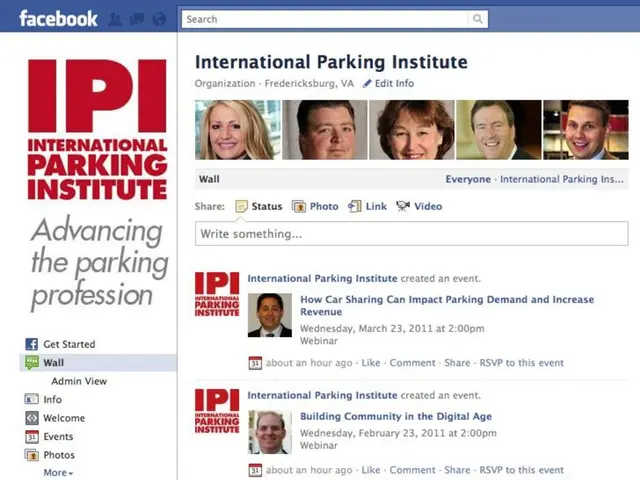India's Auto Industry Needs Strategic Reset to Thrive
India's auto industry is at a crossroads, grappling with multiple challenges that demand a strategic reset. Ravindra Patki, Managing Partner at Vector Consulting Group, has identified several structural flaws hindering the industry's progress, with delivery time mismatches being a significant issue.
Patki believes that the system itself causes delays, contrary to common perceptions of scheduling issues. In a study, 80% of respondents admitted that delays are intrinsic, not external. The industry's approach of launching many projects simultaneously spreads resources thin, slowing initiatives and leading to underdeveloped prototypes advancing prematurely. This approach, coupled with low-cost manufacturing, is not enough to secure India's future in the technology-driven auto industry, as Patki points out.
To build resilience, India's auto industry needs to focus on fewer but better projects, increased R&D investment, and proprietary technology. Indian companies like Tata Group, Reliance Industries, and Mahindra are actively researching alternative technologies such as magnet-free motors to reduce dependency on China for rare-earth magnets and lithium-ion cells. Rationalizing project workflows can also increase output and reduce lead times, freeing up resources for genuine innovation. However, engineering changes that spill over into production and post-launch increase warranty costs, waste manpower, and consume R&D budgets.
The Indian auto industry faces converging challenges, including shrinking product cycles, rising technology costs, and geopolitical risks. To mitigate these challenges, Patki suggests investing in magnet-less motors and alternative technologies to reduce dependence on China. Additionally, developing proprietary design capabilities can help Indian component makers become less vulnerable to political shifts. By focusing on quality over quantity, increasing R&D investment, and fostering innovation, the Indian auto industry can build the resilience needed to thrive in the face of these challenges.





